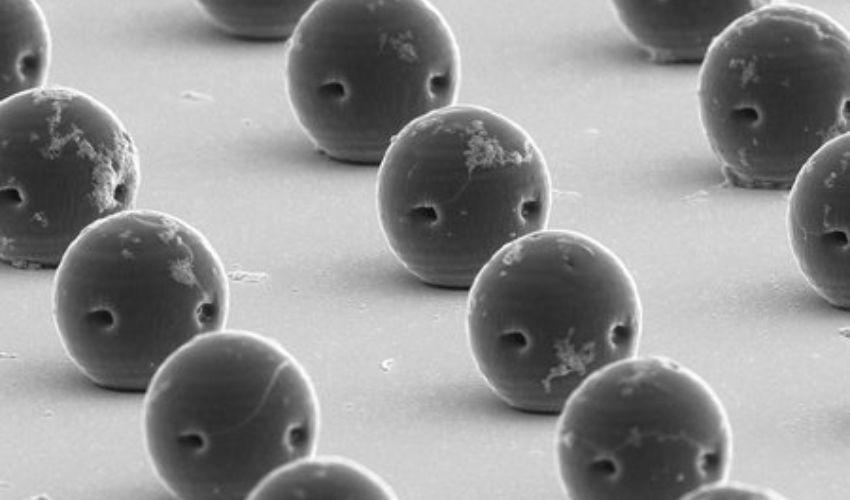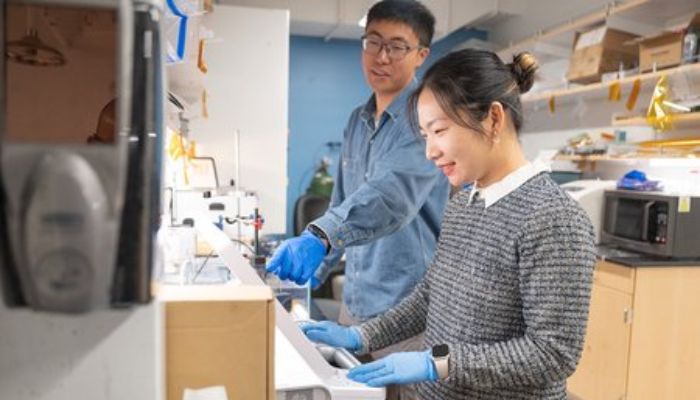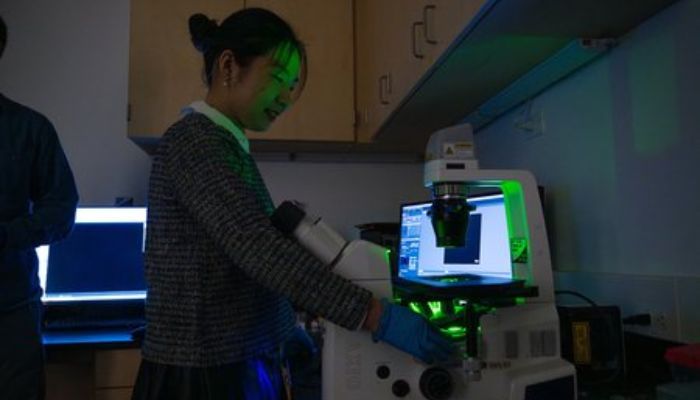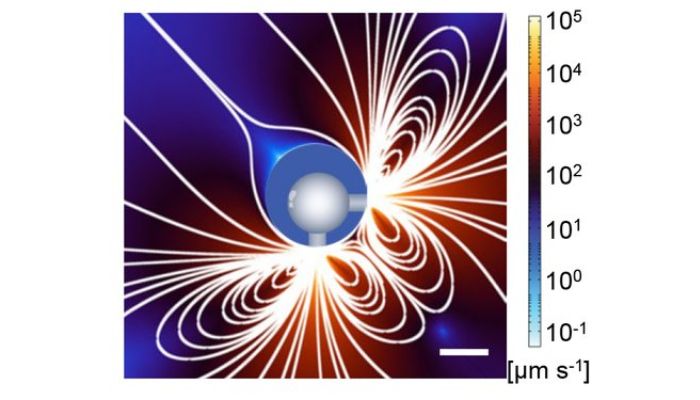3D Printed Microrobots Successfully Administer Targeted Drug Delivery

3D printing has been revolutionizing medicine for years: from 3D-printed custom drugs to bioprinted replicas of human tissue, the technology promises to change how treatments are administered, offering an unprecedented level of personalization. Now, researchers at Caltech have minuscule robots for targeted drug delivery, thanks to additive manufacturing technology.
These robots are not what you would typically picture when a robot comes to mind. Instead, they are small, bubble-like spheres that, once inside the body, can be directed to a desired site. To perform their job, the robots must overcome several challenges. Firstly, they have to survive in bodily fluids like blood, urine or stomach acid. Additionally, they must be controllable, and only once they reach their target can they release their medical cargo. Once they deliver their medicine, they must be absorbed by the body, without leaving any harmful substance behind.

Graduate students and lead authors Hong Han and Xiaotian Ma collaborate with Prof. Wei Gao on experiments involving ultrasound imaging-guided acoustic propulsion of the microrobots.
(Photo Credit: Lance Hayashida/Caltech)
The Caltech researchers developed minuscule robots that met all those requirements and called them bioresorbable acoustic microrobots (BAM). What’s more? The BAMs successfully delivered medicine that reduced the size of bladder tumors in mice. Wei Gao, professor of medical engineering at Caltech, Heritage Medical Research Institute Investigator, and co-corresponding author of the new paper about the bots, explained BAMs’ advantage. “Rather than putting a drug into the body and letting it diffuse everywhere, now we can guide our microrobots directly to a tumor site and release the drug in a controlled and efficient way,” Gao said.
Printing The Microrobot
Specifically, Caltech’s BAM are spherical microstructures made of a hydrogel called poly(ethylene glycol) diacrylate. While the idea of microrobots is not new—people have been developing versions of them for the last twenty years—Caltech’s hydrogel formulation and manufacturing method allows them to navigate a living system more easily. Hydrogels begin as a liquid or resin, and then harden when their polymers become cross-linked. This structure allows them to retain large amounts of fluid, meaning many hydrogels are biocompatible.
The hydrogel formula was created by Julia R. Greer, a materials, mechanics and medical engineering professor at Caltech, as well as co-corresponding author of the paper. Greer’s team had experience with two-photo polymerization (TPP) lithography, a technique that uses super fast pulses of infrared light to selectively cross-link photosensitive polymers. The technology is highly precise and allows a specific pattern to be followed. Layer by layer, Greer and her team 3D printed the microrobots, that were just 30 microns apart—about the diameter of a human hair.
“This particular shape, this sphere, is very complicated to write,” Greer explained. “You have to know certain tricks of the trade to keep the spheres from collapsing on themselves. We were able to not only synthesize the resin that contains all the biofunctionalization and all the medically necessary elements, but we were able to write them in a precise spherical shape with the necessary cavity.”

Graduate student and lead author Hong Han examines the microrobot under a fluorescence microscope.
(Photo Credit: Lance Hayashida/Caltech)
How Are The BAMs Controlled?
The Caltech team’s BAMs are controllable thanks to an added element that might seem surprising: magnets. Along with therapeutic drugs, the BAMs are infused with magnetic nanoparticles that allow the researchers to guide the robots to a specific location using external magnetic fields. Once the robot reaches its target, it stays in place and the drug passively diffuses into the body.
According to Gao, one of the project’s key innovations was the ability to give the robots a hydrophilic exterior and a hydrophobic interior. The hydrophilic exterior ensured that individual robots did not clump together as they moved through the body. The interior, on the other hand, could not be hydrophilic because it had to trap an air bubble, which could easily collapse. Gao explained, “This asymmetric surface modification, where the inside is hydrophobic and the outside is hydrophilic, really allows us to use many robots and still trap bubbles for a prolonged period of time in biofluids, such as urine or serum.”

The flow patterns generated by an acoustic hydrogel microrobot vibrating at its optimal frequency were analyzed using advanced methods, including tracking tiny particles in water and computer-based simulations. The position of the microrobot’s two openings are visible here.
Remarkably, these robots could last for several days with treatments, as compared to the mere minutes they could last before. And the trapped bubbles serve more than one purpose: they are critical for the robots’ movement and for tracking where they are. For propulsion, the microrobots have two cylindrical openings. When exposed to an ultrasound field, the bubbles vibrate, causing the surrounding fluid to stream away from the robots through the opening, propelling them forward. And in this case, Gao found that two holes were better than one. This way, the robots could move through a greater variety of viscous biofluids, and at a greater speed than if they had one opening.
Additionally, each microrobot has an egg-like bubble that, according to the press release “serves as an excellent ultrasound imaging contrast agent, enabling real-time monitoring of the bots in vivo.” With the help of ultrasound imaging experts, the team could track the robots as they moved toward their target.
The team concluded the project by testing the microrobots on mice with bladder tumors. Amazingly, the researchers discovered that four drug deliveries over 21 days could shrink a tumor more effectively than a therapeutic not delivered by robots.
“We think this is a very promising platform for drug delivery and precision surgery,” Gao added. “Looking to the future, we could evaluate using this robot as a platform to deliver different types of therapeutic payloads or agents for different conditions. And in the long term, we hope to test this in humans.” To learn more about the project, read the press release here.
What do you think of the Caltech team’s 3D printed microrobots? Let us know in a comment below or on our Linkedin, Facebook, and Twitter pages! Don’t forget to sign up for our free weekly Newsletter here, the latest 3D printing news straight to your inbox! You can also find all our videos on our YouTube channel.
*All Photo Credits: Caltech






